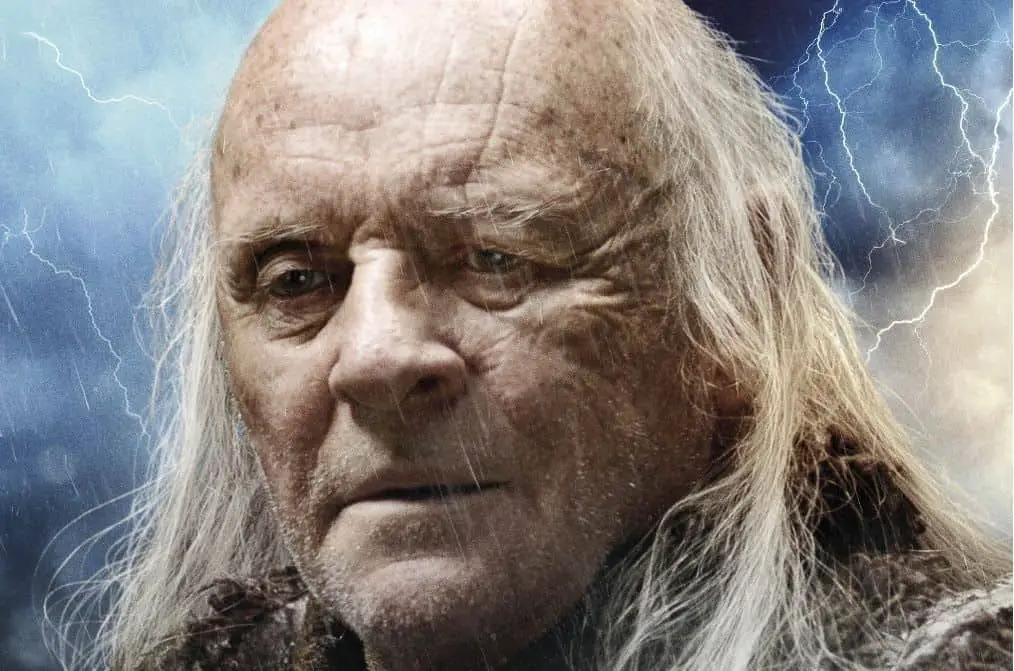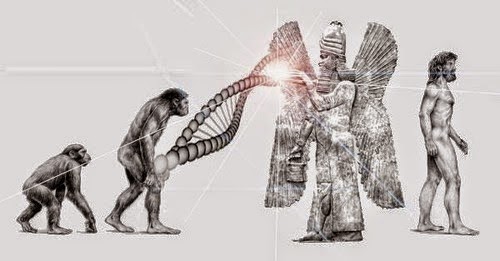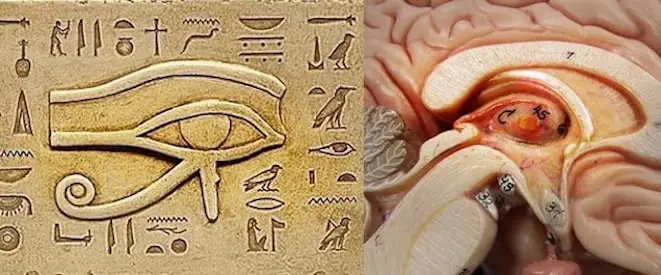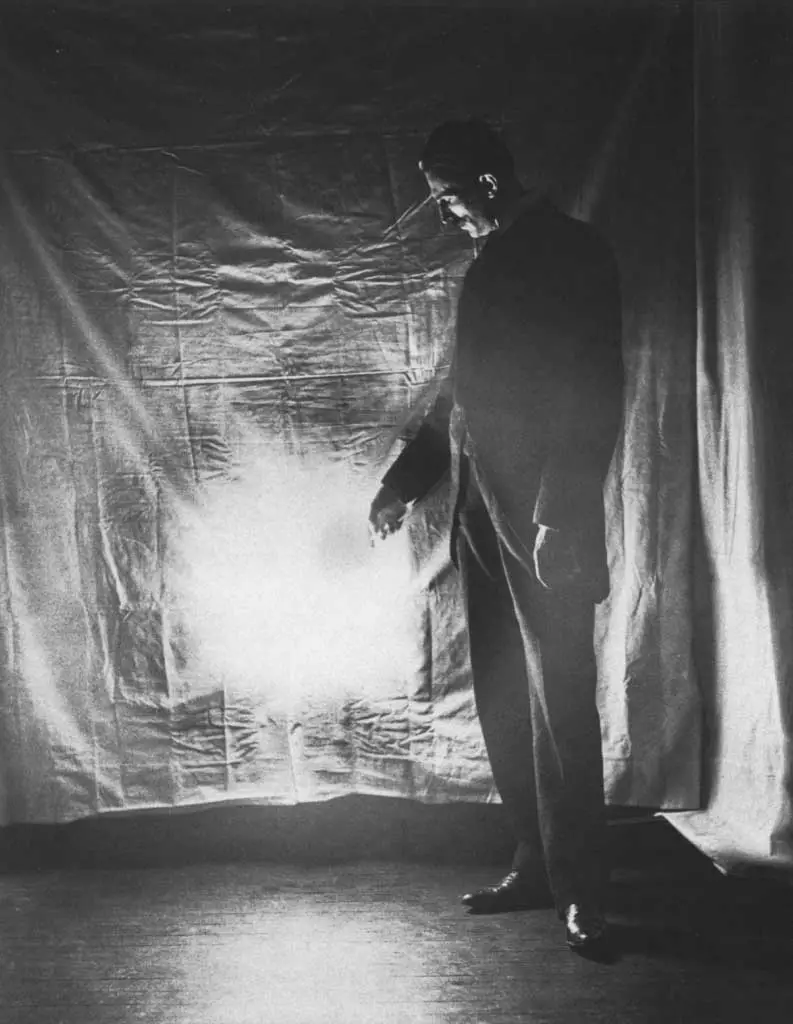
It is said that in ancient times, certain people enjoyed incredibly longevous lives.
Today when talking about people who loved for more than 200 years, let alone 900 years, we immediately put on our skeptic hats and say that such longevous lifespans are not possible.
Despite this, ancient texts suggest otherwise.
In the distant past, twenty male ancestors lived between Adam, who was considered the first human on Earth and, Abraham, the man credited with the construction of the Covenant.
Out of this ancient history, we can select ten Patriarchs that are often dubbed Antediluvian Patriarchs because they lived on Earth before the Great Flood swept across the land.
In earlier articles, I discussed the general enigma behind the Super-Longevous Antediluvian Patriarchs, and Methuselah, a man that according to ancient texts lived 969 years.
https://www.youtube.com/watch?v=AvqkIX6Bfm8
Methuselah was considered to have been a man with one of the longest human lifespans in the history of the Earth and lived for an incredible 969 years until the destruction caused by the Great Flood.
Methuselah was Noah’s grandfather.
Noah is mentioned in the Old Testament in the First Book of Chronicles, and the books of Tobit, Wisdom, Sirach, Isaiah, Ezekiel, 2 Esdras, 4 Maccabees; in the New Testament, he is mentioned in the gospels of Matthew, and Luke, the Epistle to the Hebrews, 1st Peter and 2nd Peter.

According to the Tanach and the Bible, Noah, along with his wife, his sons Shem, Ham, and Japheth, and his daughters-in-law was one of the eight survivors of the great flood unleashed by God to destroy the violent descendants of Adam and Eve.
When Noah was 600 years old, God instructed him to build a massive ark made of gopher wood, which served to protect him and his family, as well as all animal species on Earth during the flood.
However, more importantly, Noah is also considered by the Abrahamic religions as the father of humanity through the descendants of his three sons.
According to ancient texts, Noah was the tenth and last of the super-longevous antediluvian patriarchs: Noah died 350 years after the flood, at the age of 950. The Bible and other ancient texts explain how Noah was the third longest man in the entire Bible, surpassing even Adam who lived until the age of 930 years. Furthermore, in proportion to his long life, he fathered three children after the age of 500.
Despite the fact that a number of scholars refuse to acknowledge the existence of a ‘universal flood‘, there is evidence of massive floods, as various archaeologists indicate there was a historical deluge sometime between 5,000 and 7,000 years ago that affected lands ranging from the Black Sea to what many call the cradle of civilization, an area between the Tigris and Euphrates rivers.
Eventually, the sons of Noah became the progenitors of a new humanity.
However, this was not a morally renewed humanity as Babel would come to prove it.
The inclination of the human heart would continue to be toward sins.
In spite of this, God would continue working in the course of history for the realization of his redemptive plan.
It is historically well-known that After Noah, human lifespan drastically plunged to “only” 120 years, as we see with Moses.
This historical fact raises a number of questions.
Who were these so-called Antediluvian Patriarchs? Why and How were they able to live for hundreds of years?
The lifetimes given for the patriarchs in the Book of Genesis are Adam 930 years, Seth 912, Enos 905, Kenan 910, Mahalalel 895, Jared 962, Enoch 365 (did not die but was taken away by God), Methuselah 969, Lamech 777, Noah 950.
Were they different from ordinary humans? Perhaps Genetically different? Curiously, evidence of super-longevous lifespans is present in numerous different ancient texts.
For example, the Turin Royal canon describes, in the final two lines of the column a sort of resume of the entire document where we can read: ‘… Venerables Shemsu-Hor, 13,420 years; Reigns before the Shemsu-Hor, 23,200 years; Total 36,620 years’.
Furthermore, the famous Sumerian King list, just as the Turin Royal canon describe incredible longevous reigns:
“After the kingship descended from heaven, the kingship was in Eridug. In Eridug, Alulim became king; he ruled for 28800 years. Alaljar ruled for 36000 years. 2 kings; they ruled for 64800 years.”
So, who on Earth were the beings described as the super-longevous antediluvian patriarchs? Ordinary humans with a misinterpreted or mistranslated lifespan?
Or, is it possible, like many authors suggest, that the beings described in the Sumerian King List, Turin Royal Canon, and the super-longevous antediluvian patriarchs were not ordinary humans, but beings not entirely from Earth?
Featured Image Credit:




